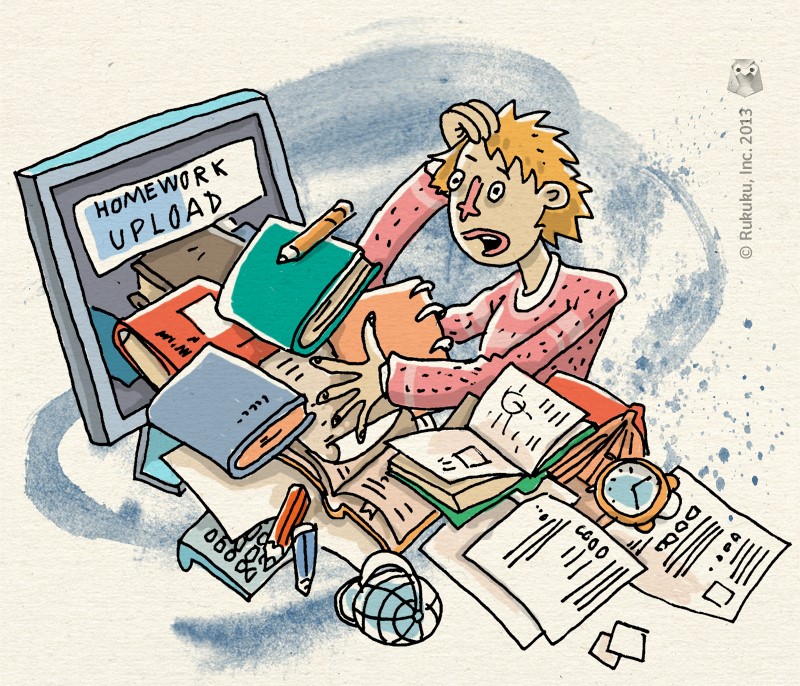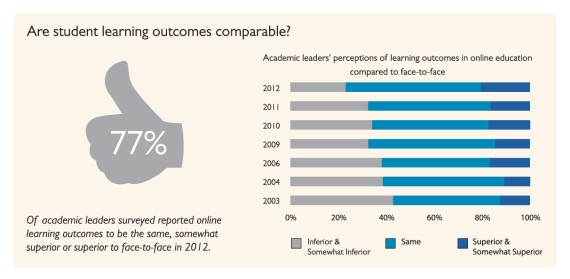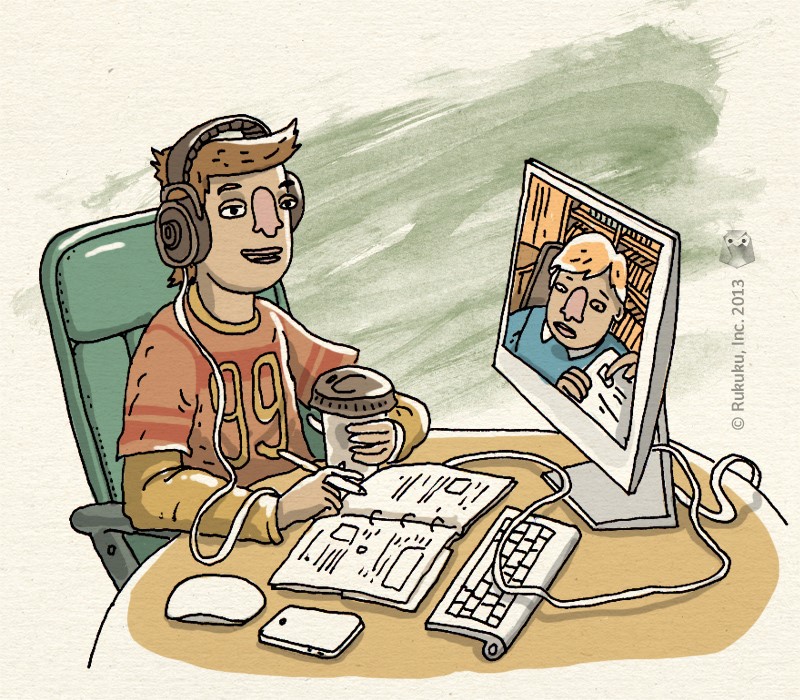The internet has opened up avenues for people around the world to learn. Very cool, huh? But wouldn’t it be even cooler if employers actually noticed that you’ve been studying computer science or accounting or ancient Greek mythology in your spare time.
Accreditation is a big obstacle to getting that recognition. Few accredited universities and colleges want to give their stamp of approval to an online program with few measures of the students’ progress. Plus, giving away that stamp of approval too easily, or inexpensively, could damage reputations and revenue.
LinkedIn may have found a middle ground. In a recent blog post, the company announced an agreement with several online education providers to display successfully completed online courses in user profiles. In other words, if I take a computer science class on Coursera, and I meet all the requirements for completing the class, then I can choose to have that information displayed on my LinkedIn profile.
This opens up a lot of new possibilities on the value of online classes. Accredited universities have been the gate-keepers of education for a very long time. I don’t think this change will mean that a massive open online course (MOOC) is as valuable as an accredited class, but it will be more valuable than nothing. Employers can see that.
The more difficult issue behind online classes, MOOCs especially, is evaluation. Online providers need to manage their brands carefully. If not, the value of a completed class on LinkedIn could become as meaningless as an endorsement for astrophysics from that guy that you used to hang out with in that one bar five years ago. Nice gesture from the guy, of course, but hard to believe NASA will come calling after seeing it.
Most course providers already have some mechanisms in place to make sure that students actually do complete their courses. That’s important because most students don’t finish their courses, especially for large MOOCs. You can check some more detailed information on completion rates here. But many online formats can only do so much to verify that students are doing their work and doing it on their own.
At Rukuku, of course, we think classes should be kept small to allow teachers to properly invest in and evaluate their students. When those students put in the work, they should receive recognition, even if does not come in the form of traditional college credit. LinkedIn took a big step in that direction with its announcement last week.






